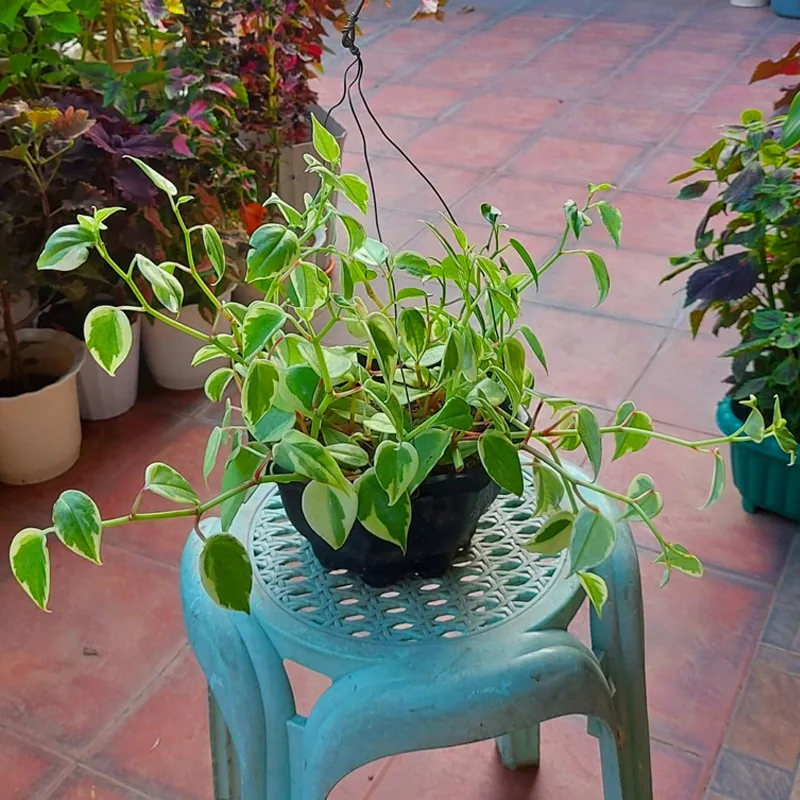
Frequently Asked Questions About Spathodea Campanulata
Spathodea Campanulata, commonly known as the African Tulip Tree, belong to the Bignoniaceae family, is a striking and bold tropical tree that often grabs attention with its vivid orange-red flowers. I’ve come across this plant several times, and it never fails to impress me. But with its beauty come some questions, especially concerning its care, invasiveness, and more. Let me walk you through some of the most frequently asked questions about Spathodea Campanulata.
Plant Family: 79 Genera in Bignoniaceae
What is Spathodea Campanulata?
Spathodea Campanulata is a fast-growing evergreen tree native to tropical Africa. It’s known for its showy clusters of cup-shaped flowers, which bloom in shades of red, orange, or yellow. These flowers attract birds and insects, making it a favorite in many gardens. The tree can reach impressive heights, often towering up to 80 feet tall, making it a standout in any landscape.
Is Spathodea Campanulata Invasive?
Yes, Spathodea Campanulata is considered invasive in many parts of the world, including Hawaii, Australia, and some Pacific Islands. Its ability to spread quickly and outcompete native plants has made it a problem in regions where it’s not native. The tree produces numerous seeds that are easily dispersed by wind, allowing it to establish in new areas rapidly. If you live in a region where this tree is classified as invasive, it’s essential to manage its spread responsibly and consider alternative plants that are less aggressive.
How to Care for Spathodea Campanulata?
Caring for Spathodea Campanulata is relatively straightforward if you live in a tropical or subtropical climate. The tree thrives in full sunlight and requires well-drained soil. Watering should be consistent, especially when the tree is young, to establish strong roots. Once mature, it becomes more drought-tolerant, though regular watering ensures optimal growth. Fertilizing once a year during the growing season can boost its growth and flowering.
Pruning is also a good idea to maintain its shape and remove any dead or damaged branches. However, be cautious of its rapid growth—it can overwhelm smaller gardens if not controlled.
Can You Grow Spathodea Campanulata Indoors?
Due to its size and growth habits, Spathodea Campanulata isn’t ideal for growing indoors. It needs a lot of space to grow, full sunlight, and consistent airflow—conditions that are difficult to replicate inside a home. If you want to enjoy its beauty indoors, perhaps using a dwarf variety (if available) or planting it in a conservatory or greenhouse might be an option.
Is Spathodea Campanulata Toxic?
Yes, Spathodea Campanulata is toxic. All parts of the tree, including the flowers and sap, contain compounds that can be harmful if ingested. This is particularly important if you have pets or small children. The sap can also cause skin irritation in some people. When handling the tree, especially when pruning or removing leaves, it’s a good idea to wear gloves to avoid contact with the sap.
How to Propagate Spathodea Campanulata?
Spathodea Campanulata can be propagated either by seeds or cuttings. Seed propagation is the most common method. The tree produces long seed pods, and once they dry out, they split open, releasing winged seeds that can be collected. Sow the seeds in a well-drained soil mix, and keep them moist until they germinate.
For propagation through cuttings, take semi-hardwood cuttings during the growing season. Plant the cuttings in a mixture of sand and compost, ensuring they receive plenty of humidity and warmth to encourage root development.
What to Plant with Spathodea Campanulata?
Given its large size and tropical origins, Spathodea Campanulata pairs well with other tropical plants such as heliconias, gingers, and hibiscus. These plants thrive in similar conditions, creating a lush and colorful landscape. However, keep in mind the tree’s large canopy, which can shade out smaller plants, so choose companion plants that tolerate partial shade or can grow in the outer reaches of the tree’s spread.
Common Problems with Spathodea Campanulata
One of the most common issues with Spathodea Campanulata is its susceptibility to pests like aphids and spider mites. Regularly inspect the tree for signs of infestation, such as discolored leaves or a sticky residue left by aphids. Treating infestations early with insecticidal soap or neem oil can prevent them from spreading.
Another issue is root rot, which can occur if the tree is planted in poorly drained soil. Ensuring proper drainage and avoiding overwatering is key to preventing this problem.
Benefits of Spathodea Campanulata
Despite its invasive nature in some areas, Spathodea Campanulata does have benefits. Its vibrant flowers attract pollinators such as birds and bees, adding life to your garden. The tree’s dense canopy provides shade, making it a great option for larger gardens where creating shade is a priority. Additionally, it’s often used as an ornamental tree in parks and public spaces because of its showy flowers and impressive stature.
How Does Spathodea Campanulata Compare to Other Similar Trees?
Spathodea Campanulata is sometimes confused with other flowering trees, such as Delonix Regia (the Flame Tree) or Caesalpinia Pulcherrima (the Peacock Flower). While all three trees produce vibrant blooms, Spathodea Campanulata is distinguished by its larger, more cup-shaped flowers and taller growth habit. Unlike the Flame Tree, which has a more spreading, umbrella-shaped canopy, the African Tulip Tree tends to grow more upright.
Conclusion
Spathodea Campanulata is undoubtedly a showstopper in the garden, with its brilliant blooms and towering presence. However, its invasive tendencies and toxicity mean that it’s a tree that requires thoughtful care and consideration before planting. If you’re looking for a bold, tropical addition to your landscape, Spathodea Campanulata can be a great choice—just be mindful of its potential drawbacks.
If i die, water my plants!



